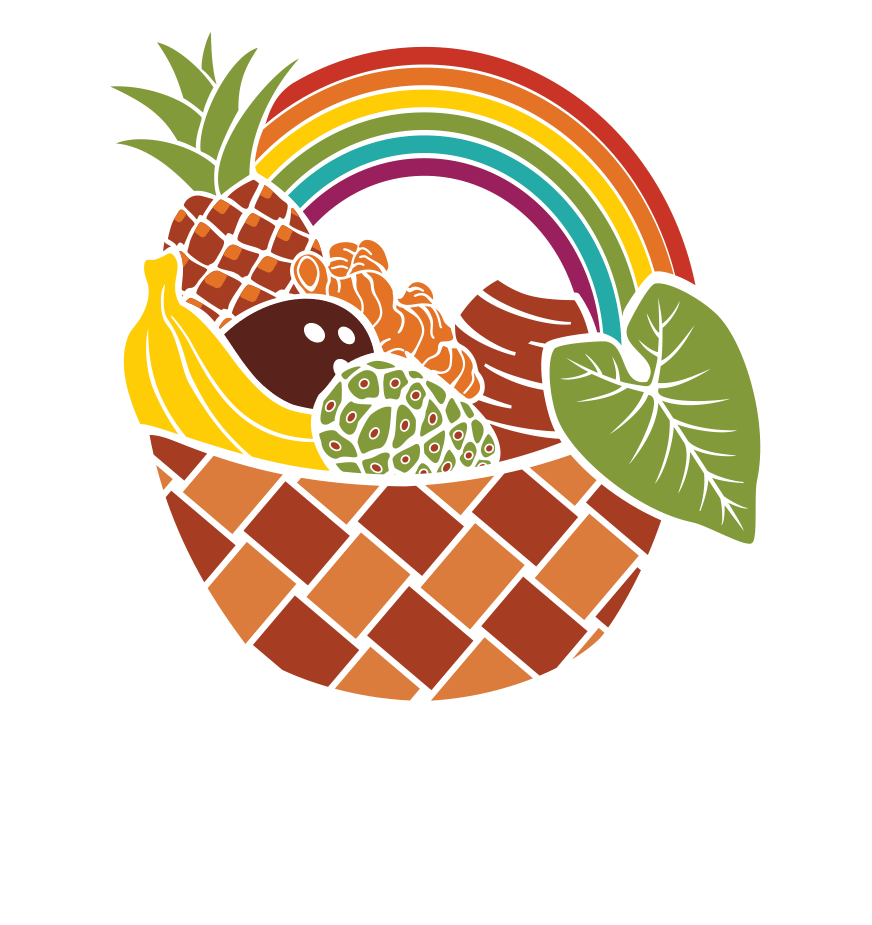5 Ways To Help Hawaii Farmers In 2022
By: Civil Beat Editorial Board
It’s been a pretty terrible two years for farmers and low-income families in Hawaii — two groups that were already struggling to get by before the pandemic hit.
Fluctuations in tourism and the local economy have hit a lot of people hard, whether they grew food for tourists or worked in the restaurants that dished it up for them. Grocery prices have skyrocketed. So has the cost of transporting produce to market.
In the midst of all this bad news though, there’s one bright spot worth pointing out: access to affordable, fresh produce for low-income families in the state has soared through a program called DA BUX.
In 2019, low-income families receiving food stamp benefits could get additional help buying produce at 27 locations in the state through DA BUX, a program that doubles the value of government food assistance when it’s used to purchase locally grown food. That number has since swelled to 98 locations and sales through the program grew 167% in 2020. Sales are expected to grow 400% by 2023.
A major influx in federal and philanthropic funding for the program this year means that Hawaii Food Basket, which administers the program, has also been able to remove the $20 a day spending cap on produce that was previously in place for families and also work on increasing access to the program in rural areas. At the same time, the program provides a critical influx of cash for local farmers.
Over the last year, Civil Beat has placed a special focus on agriculture through our series “Hawaii Grown.” The project has revealed deep systemic issues in Hawaii that make it harder for us to break our dependence on imported food — from a lack of affordable land to growing challenges from climate change and poorly managed state efforts.
But as the success of DA BUX in the last two years has shown, there’s a lot that can be done to increase access to fresh food in Hawaii with the right kind of effort and funding.
Here are five things that Hawaii can do right now to support farmers and improve access to affordable, locally grown food.
Make DA BUX A Permanent Part Of State-Run Benefits
There’s a reason many agriculture experts list DA BUX and similar programs in other states as the best way to have an immediate impact on local families and farmers.
Giving low-income families financial support to buy local produce addresses public health and food security, while also pumping money into the local agricultural economy, points out Albie Miles, an assistant professor of sustainable community food systems at the University of Hawaii West Oahu.
“It’s the biggest bang for the buck,” Miles said.
DA BUX program has seen astounding growth in the last two years. The program has received $10.2 million in funding — its budget in 2019 was just $1.9 million — mostly through a combination of federal grants and matching donations from local organizations.
The program has three years to spend those funds, says Kristin Frost Albrecht, executive director of Hawaii Food Basket.
But Albrecht anticipates using the money on food purchases in closer to two years given the high demand. To make sure the funding doesn’t run out too fast, the organization is limiting the number of retailers that can sign up to participate.
While the program is incredibly well-funded at the moment, now is the time to plan for its long-term success.
DA BUX lost out on an additional $3.3 million in federal funding this year because it would have had to come up with a matching grant locally, something it did not anticipate being able to do in the short period of time it was given (local philanthropic foundations already matched $2.6 million in federal funding for the program this year.)
Having state funds allocated each year for the program would increase its ability to bring in federal grants, Albrecht says. Gov. David Ige’s office funneled $500,000 in federal coronavirus relief funds to the program this year but pre-pandemic the state’s contribution was less than $50,000 for 2019.
The best possible outcome for DA BUX, Albrecht said, would be to institutionalize the program and make it a part of the federally funded and state-run Supplemental Nutrition Assistance Program. Anything that the state government can do to advocate for federal funding or allocate reliable state funding for the program would help, Albrecht said.
“This can really change the way food security looks and how much food is produced in the state,” Albrecht said.
The other four ways mentioned to help farmers are:
Improving Data Collection, Increasing Support For Local Food Hubs, Eating More Ulu, and Strengthening The Extension Agent Program
For the complete article please visit: https://www.civilbeat.org/2021/12/5-ways-to-help-hawaii-farmers-in-2022/

